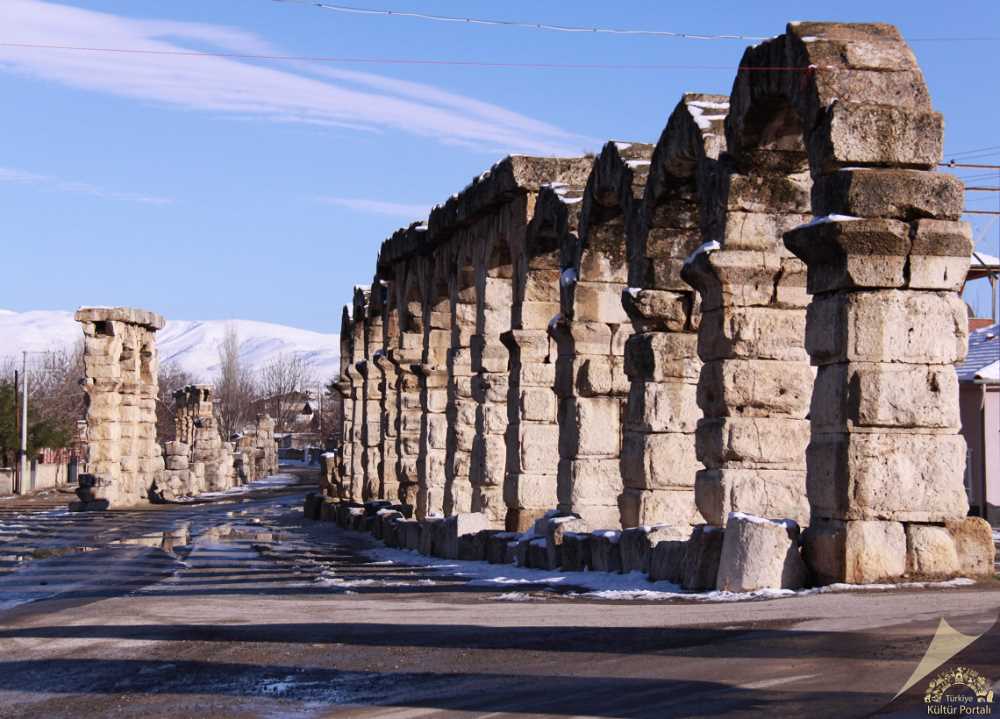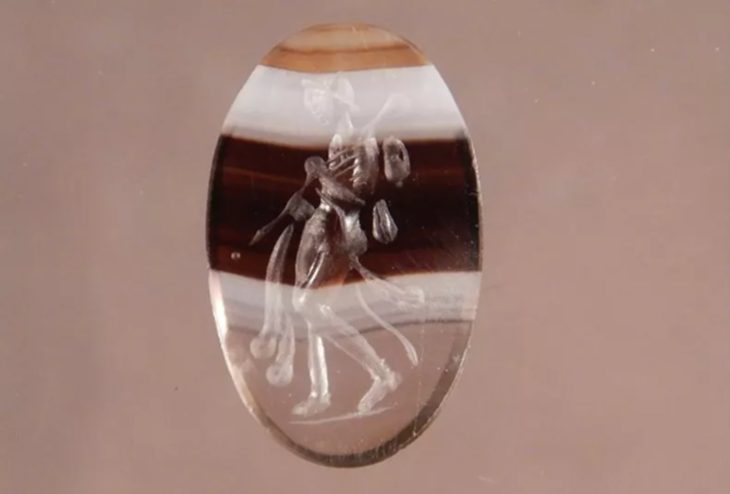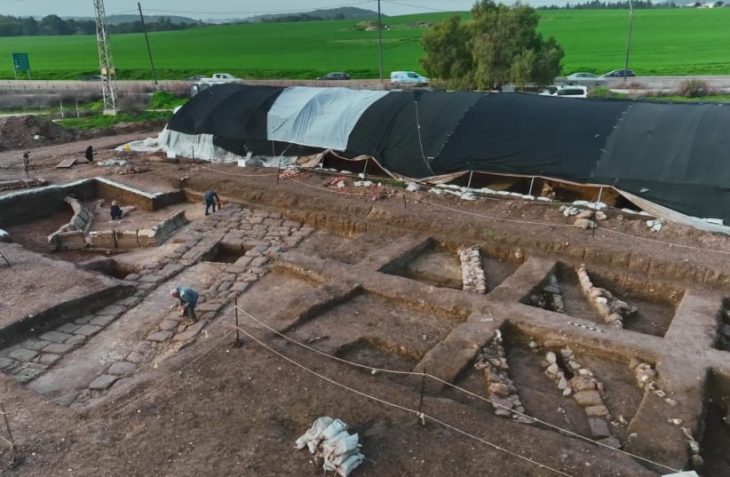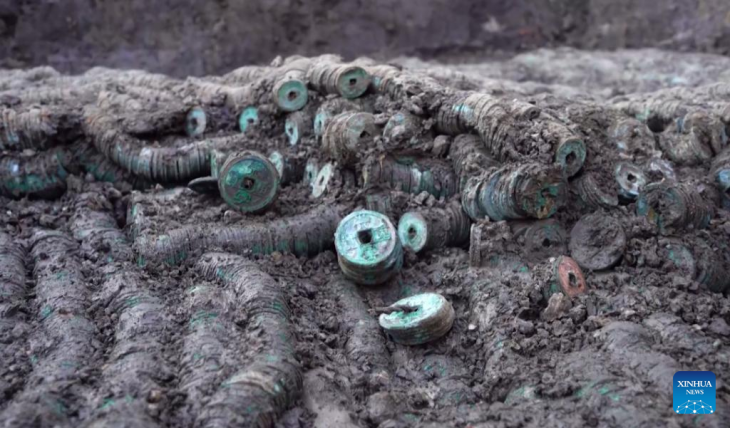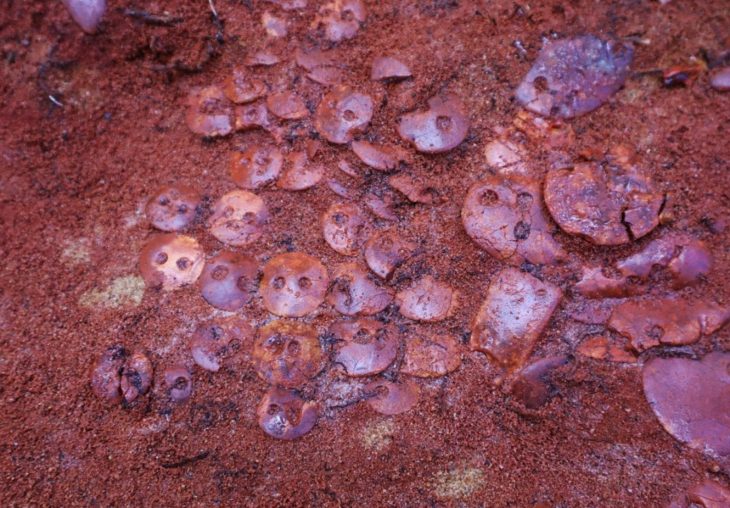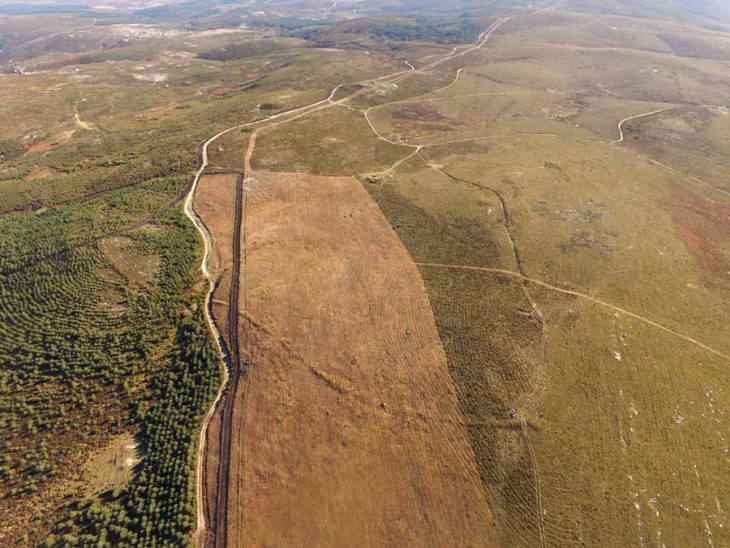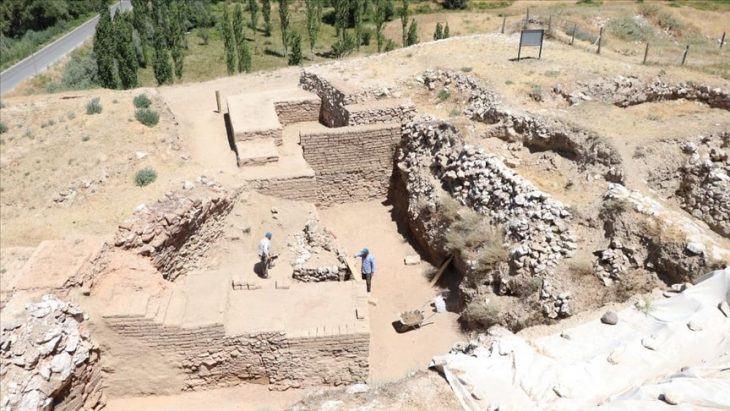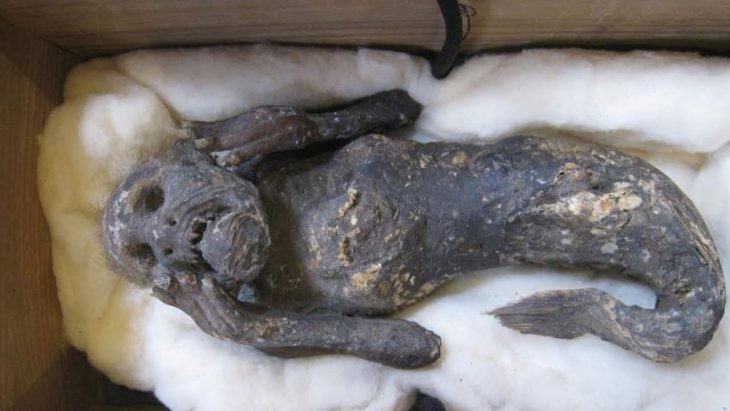In Kemerhisar, a neighborhood of Bor in Niğde, archaeological excavations reveal the underground parts of the approximately 2,000-year-old aqueducts.
Kemerhisar, which is protected as an archaeological site and has hosted many civilizations, was known as Tuwanuva during the Hittite period and Tyana during the Roman period. Tyana Ancient City, which is under a large part of Kemerhisar, is an important settlement that was the capital of the Southern Cappadocia Kingdom in the Late Roman Period.
During the Roman period, the city was heavily built up and became a large settlement with palaces, temples, aqueducts, and other settlements. It was also an important center of religious influence during the pagan and Christian Roman periods.
Providing information about the excavation work carried out in the ancient city, known for its uninterrupted settlement until today, the head of the excavation team and Aksaray University Archaeology Department faculty member, Professor Osman Doğanay, said that the ancient city of Tyana can be considered the Ephesus of Central Anatolia.
“It is the first ancient city that opens into Central Anatolia after Gülek Pass, making it an important location. Due to this location, it has been continuously inhabited for at least 5,000 years. The present-day Kemerhisar Municipality is built on top of this ancient city. We began archaeological excavations here in 2016. This year, under the ‘Legacy for the Future’ project of the Culture and Tourism Ministry, we continue excavations to open the aqueduct road to visitors,” he said.

The aqueducts’ subterranean portions, which are roughly 3 to 4 kilometers long and 10 to 11 meters high, will be brought back to their original splendor. Constructed in the Roman era, the purpose of these aqueducts was to transport spring water from the ancient Roman pool located in Bahçeli Town to Tyana.
The ancient city of Tyana, which houses the aqueducts and has a 1,500-meter-long walking corridor, will be accessible to tourists once the work is finished, according to Doğanay. He noted that the sections of the aqueducts buried under approximately 3.5 meters of flood debris are being uncovered.
“Excavations revealed a dense flood layer in the city. There is a flood layer approximately 3.5 to 4 meters thick here. The aqueducts were originally 10-11 meters high, and their grand facade was visible when first constructed. In addition, adjacent to the aqueducts are Hellenistic-era walls that were built earlier. But when the flood came, it buried about 4 meters of the site. We will uncover the grand structure of these aqueducts.”
Osman Doğanay mentioned that after the excavation and restoration works are completed, the site will start accepting visitors.
Cover Image: Türkiye Kültür Portalı

